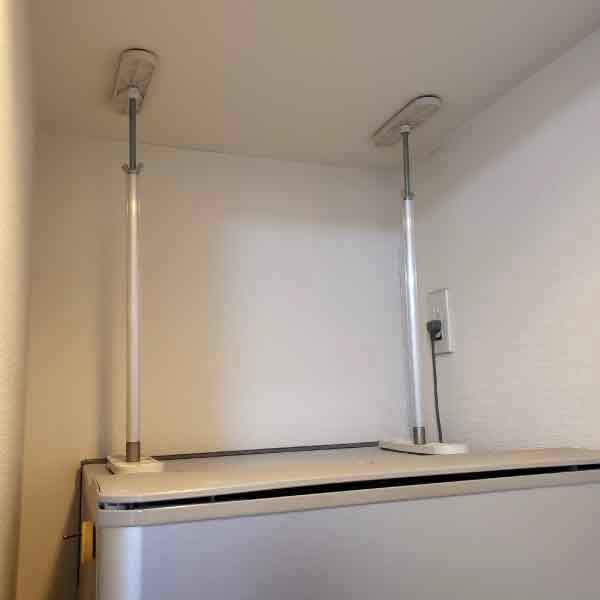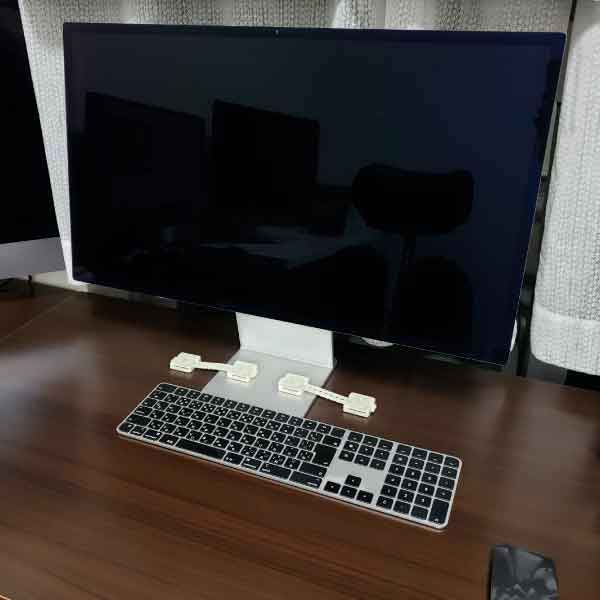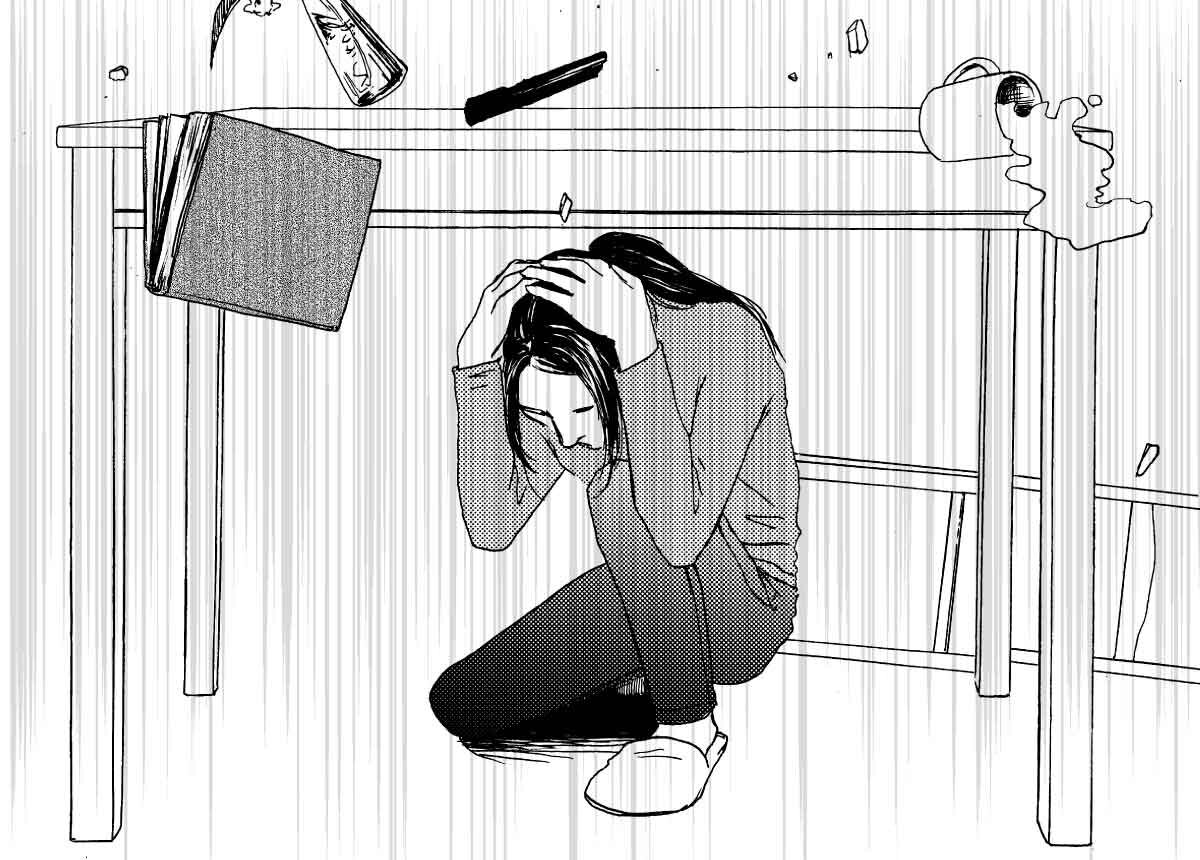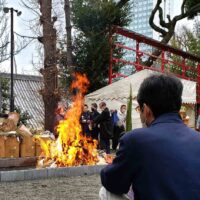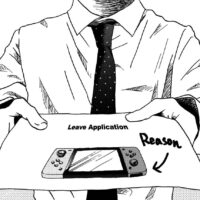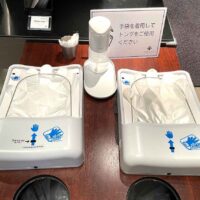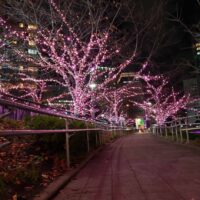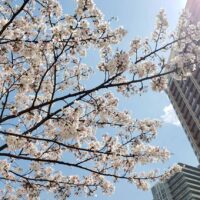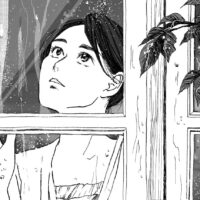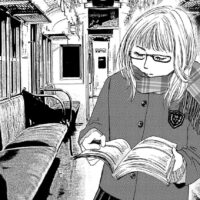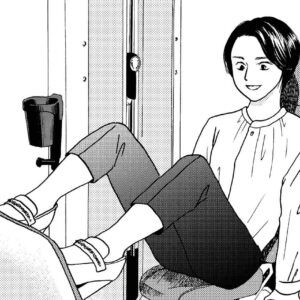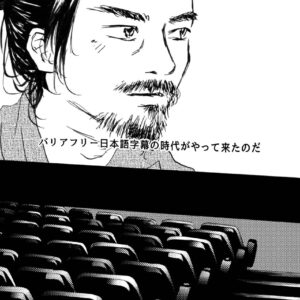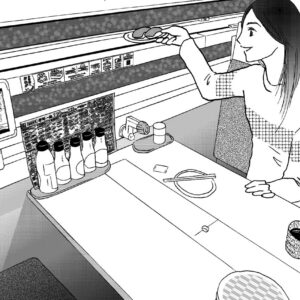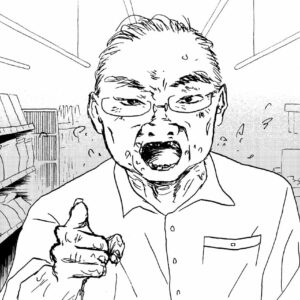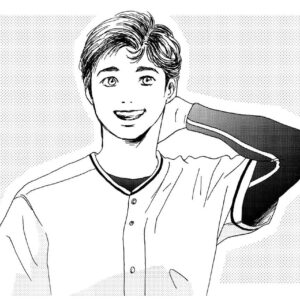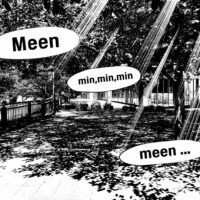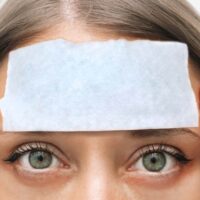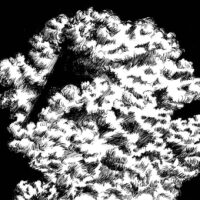On January 17, 1995, a magnitude 7.3 earthquake occurred in southern Hyogo Prefecture. The toll was 6,434. It was the second-largest earthquake disaster that occurred after World War II, after the Great East Japan Earthquake.
I was in elementary school and lived a short distance from the epicenter. It was 5:30 in the morning. I felt a tremor in my futon (Japanese bedding). It was the first time in my life that I felt an earthquake. The magnitude in my area was 3. Fortunately, the damage was only one broken plate in a cupboard. In a neighboring city, 5,000 people were crushed to death as wooden houses collapsed. I watched on TV as the highway collapsed and cars fell into the crack that was created.
There is always an earthquake somewhere in Japan. Every year, TV broadcasts look back on the Great Hanshin-Awaji Earthquake (1995) in January, the Great East Japan Earthquake (2011) in March, the Kumamoto Earthquake (2016) in April, and the Hokkaido Earthquake (2018) in September.
In earthquake-prone Japan, we must think about furniture placement with earthquakes in mind. For example, it’s dangerous to hang a picture above your bed. A picture frame may fall on your head in the shaking of an earthquake. We put a tension rod between the ceiling and the vertical home appliances, such as refrigerators, to prevent them from falling over. It is necessary to take measures such as attaching a wire to the front of the bookshelf so that the books do not pop out. In my case, the most annoying thing is that my computer falls over, so I attach fixing items to my desk.
Finally, in the event of an earthquake, hide under a desk. If you don’t want to be crushed by falling objects or collapsed buildings, secure a “survival space.”
